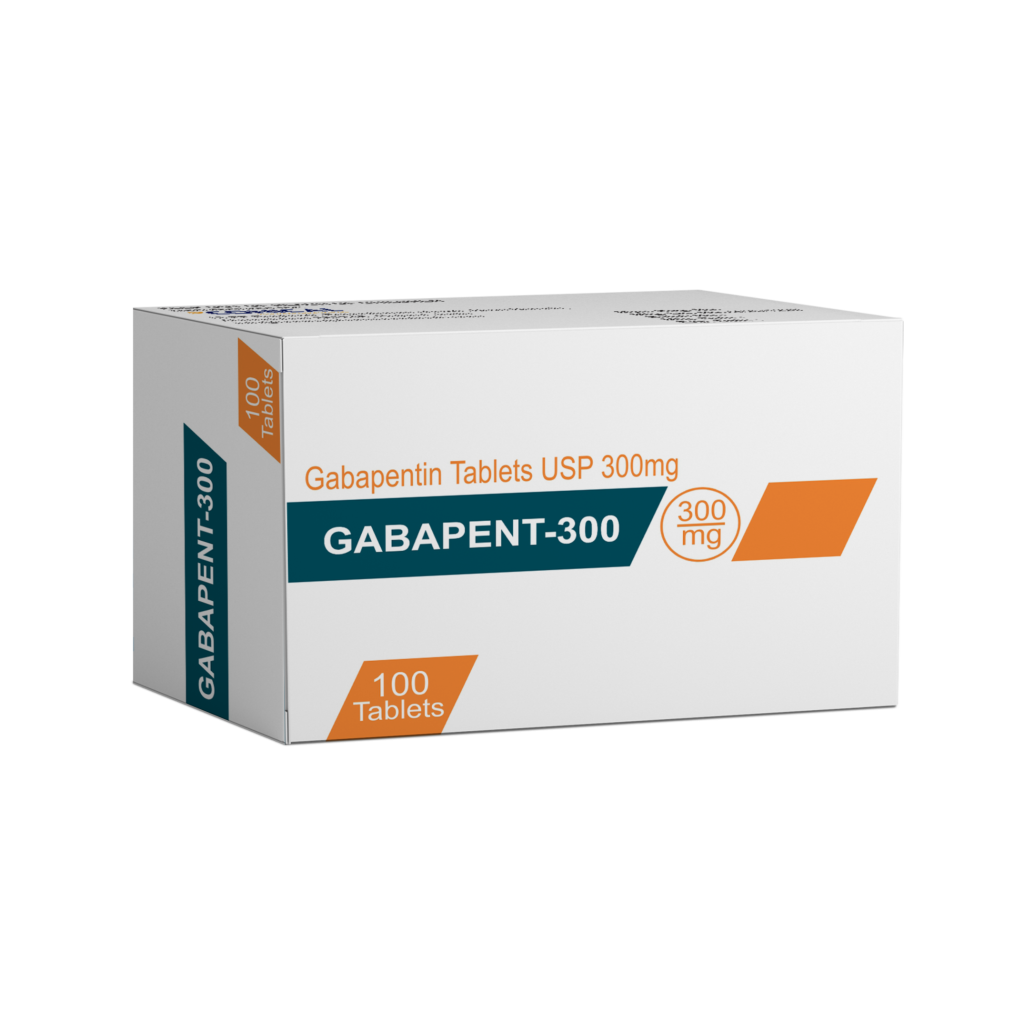
Epilepsy
Gabapentin is indicated as adjunctive therapy in the treatment of partial seizures with and without secondary generalisation in adults and children aged 6 years and above.
Gabapentin is indicated as monotherapy in the treatment of partial seizures with and without secondary generalisation in adults and adolescents aged 12 years and above.
Treatment of peripheral neuropathic pain
Gabapentin is indicated for the treatment of peripheral neuropathic pain such as painful diabetic neuropathy and postherpetic neuralgia in adults.
For adults and adolescents aged 12 years and above:
Dosing Chart – Initial Titration
Day 1 Day 2 Day 3
300 mg once a day 300 mg two times a day 300 mg three times a day
Discontinuation of gabapentin
In accordance with current clinical practice, if gabapentin has to be discontinued it is recommended this should be done gradually over a minimum of 1 week independent of the indication.
Epilepsy
Epilepsy typically requires long-term therapy. Dosage is determined by the treating physician according to individual tolerance and efficacy.
anorexia, increased appetite, Uncommon: hyperglycaemia (most often observed in patients with diabetes), Rare: hypoglycaemia (most often observed in patients with diabetes), hostility, confusion and emotional lability, depression, anxiety, nervousness, thinking abnormal, somnolence, dizziness, ataxia, Common: convulsions, hyperkinesias, dysarthria, amnesia, tremor, insomnia, headache, sensations such as paraesthesia, hypaesthesia, coordination abnormal, nystagmus, increased, decreased, or absent reflexes, Uncommon: hypokinesia, mental impairment, visual disturbances such as amblyopia, diplopia, facial oedema, purpura most often described as bruises resulting from physical trauma, rash, pruritus, acne, Not known: Stevens-Johnson syndrome, angioedema, erythema multiforme, alopecia, drug rash with eosinophilia and systemic symptoms, breast hypertrophy, gynaecomastia, sexual dysfunction (including changes in libido, ejaculation disorders and anorgasmia), fatigue, fever, Common: peripheral oedema, abnormal gait, asthenia, pain, malaise, flu syndrome.
Suicidal ideation and behaviour have been reported in patients treated with anti-epileptic agents in several indications. Therefore patients should be monitored for signs of suicidal ideation and behaviour and appropriate treatment should be considered.
Gabapentin can cause anaphylaxis. Signs and symptoms in reported cases have included difficulty breathing, swelling of the lips, throat, and tongue, and hypotension requiring emergency treatment. Patients should be instructed to discontinue gabapentin and seek immediate medical care should they experience signs or symptoms of anaphylaxis.
If a patient develops acute pancreatitis under treatment with gabapentin, discontinuation of gabapentin should be considered.
Although there is no evidence of rebound seizures with gabapentin, abrupt withdrawal of anticonvulsants in epileptic patients may precipitate status epilepticus. As with other antiepileptic medicinal products, some patients may experience an increase in seizure frequency or the onset of new types of seizures with gabapentin. Gabapentin is not considered effective against primary generalized seizures such as absences and may aggravate these seizures in some patients. Therefore, gabapentin should be used with caution in patients with mixed seizures including absences.
Gabapentin treatment has been associated with dizziness and somnolence, which could increase the occurrence of accidental injury (fall).
Gabapentin has been associated with severe respiratory depression. Patients with compromised respiratory function, respiratory or neurological disease, renal impairment, concomitant use of CNS depressants and the elderly might be at higher risk of experiencing this severe adverse reaction. Dose adjustments might be necessary in these patients.
Cases of abuse and dependence have been reported in the post-marketing database. Carefully evaluate patients for a history of drug abuse and observe them for possible signs of gabapentin abuse e.g. drug-seeking behaviour, dose escalation, development of tolerance.
Severe, life-threatening, systemic hypersensitivity reactions such as Drug rash with eosinophilia and systemic symptoms (DRESS) have been reported in patients taking antiepileptic drugs including gabapentin.
False positive readings may be obtained in the semi-quantitative determination of total urine protein by dipstick tests. It is therefore recommended to verify such a positive dipstick test result by methods based on a different analytical principle such as the Biuret method, turbidimetric or dye-binding methods, or to use these alternative methods from the beginning.
Store below 30 °C and protect from light and moisture.
Keep the medicine out of reach of children.
10 x 10 Alu-Alu blister packs.
Gabpent-300 is available in an Alu-Alu blister of 10 tablets. Such 10 blisters in a unit carton with package insert.
Contact us directly to receive full information on the product, the formulation, the science behind it, stability data, and more. Our Business Development Manager is a click away.
Conical Pharmaceuticals is a professionally managed and dynamic organization with decades of experience in the pharmaceutical field. With a desire of providing opportunities for a better life, we work very hard to bring quality drugs to our customers. We have instilled a level of trust and confidence amongst our clients by supplying the best quality products.